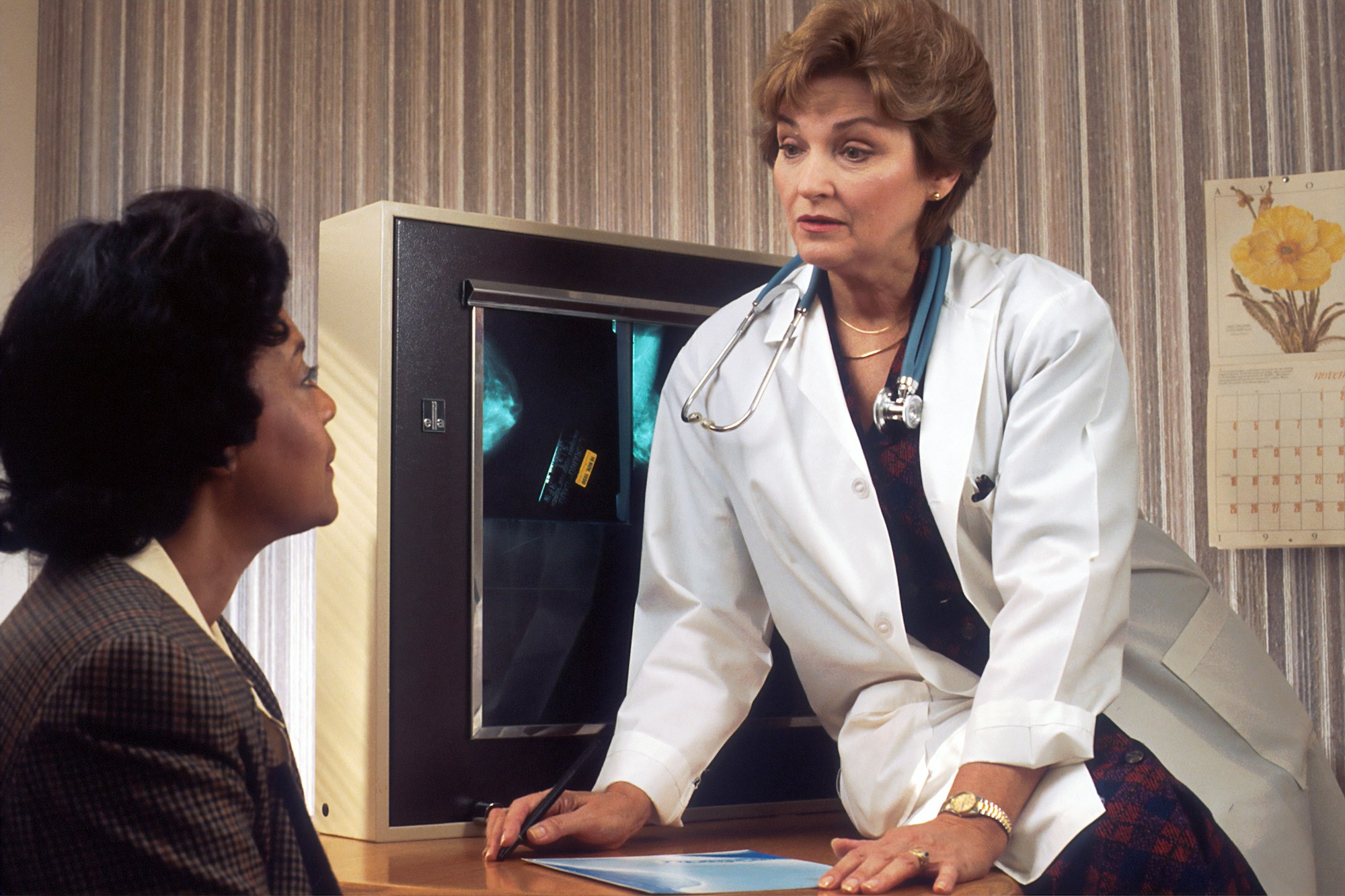Strategies for Self-Care: A Guide to Caregiver Care
Being a caregiver is a labor of love, but it can take a toll on one's physical, emotional, and mental well-being. We'll guide you through self-care strategies,work-life balance, recognizing caregiver stress,

Being a caregiver is a labor of love, but it can take a toll on one's physical, emotional, and mental well-being. As selfless as caregivers tend to be, it's crucial that they prioritize their own caregiver care needs. After all, you can't pour from an empty cup, right? In this blog post, we'll guide you through self-care strategies, work-life balance, recognizing caregiver stress, and valuable resources to ensure you can continue to provide the best care for your loved one without neglecting yourself.
Short Summary
- Caregiver care is essential for providing long-term care to loved ones, but comes with its own challenges.
- Caregivers need to recognize stress and implement self-care strategies such as establishing a healthy routine, seeking support, and balancing work/caregiving responsibilities.
- Resources are available nationally & locally to help caregivers manage their roles while maintaining job security & wellbeing of the recipient.
Understanding Caregiver Care

The family Caregiver care provided is a vital aspect of providing long-term care for loved ones. With around one-third of adults in the US acting as informal caregivers, the challenges faced by these individuals are all too common. Role changes, emotional stress, and financial strain are just a few of the hurdles many family caregivers must overcome to ensure the well-being of both themselves as unpaid family caregivers and their care recipients.
I want to focus on how women's health and well being must be a focus of those that find themselves in the caregiver role. I am well aware there are men that are functioning as caregivers. Women are the majority of the caregivers. Whether you are a male or female, it is essential to understand that caregiver stress can affect one's own health, leading to emotional and physical stress that can impact the quality of care that is provided. By acknowledging these challenges and understanding caregiver burden is real is the first step to help offset caregiver stress. Those providing informal caregiving, are as much at risk of poor health outcomes, as the full time family caregiver. It is important that anyone providing help to another person seek appropriate support.
Caregivers can better manage their responsibilities while maintaining their health and well-being. This starts by identify strategies to incorporate self care practices into your daily routine. I want to help you find personal fulfillment as you provide personal care to you care recipient. Remember, as a family caregiver, you are the most important part of the caregiving equation. Without you, it all falls apart. So, please practice self care everyday, because you are worth it.
The role of family caregivers
Family caregivers play a crucial role in society, providing an astounding 90% of long-term care for adults living in the community. Their responsibilities often extend beyond just physical care, as they navigate the complexities of healthcare systems, manage finances, and provide emotional support for their loved ones. Recognizing the role of a caregiver is crucial for accessing the support and resources needed to navigate these challenges.
In addition to managing practical aspects of care, effective communication is paramount for family caregivers. Being clear, assertive, and constructive with the family physicians and other healthcare professionals,as well as other family members can make all the difference in ensuring that the caregiver's needs are met. This also ensure the care recipient receives the best possible support. I hope you will take our Eldercare Communication Course to help you develop communication strategies to decrease your stress levels.
Challenges faced by caregivers

The challenges faced as family caregivers serve their family members are numerous. The negative impact of the chronic stress and burden can have lasting effects on their physical and emotional well-being. for as long as 6 years after your caregiving journey has ended. Adjusting to new roles, managing emotional stress, and dealing with financial strain are common hurdles for many caregivers. Moreover, family caregivers are at an elevated risk of developing depression, often turning to alcohol, tobacco, and other substances as coping mechanisms. With the caregiver crisis we are facing in this country, the next few decades are going to be very challenging as the aging population is growing. This is going to become more challenging as appropriate resources will be stretched to meet the needs of older adults living with chronic illness. There will be 1 million new cases of Alzheimer's disease and other types of dementia diagnosed every year in the US. Those providing dementia caregiving will find caregiving situations that they are totally unprepared to provide.
The health risks for caregivers extend beyond mental health, as they are more likely to develop chronic illnesses such as high cholesterol, high blood pressure, heart disease and obesity. By recognizing these challenges and implementing self-care strategies, caregivers can better manage their stress levels and improve their overall quality of life.
Recognizing Caregiver Stress

Caregiver stress is a very real and challenging aspect of providing care for a loved one. This emotional and physical strain can manifest in various ways, impacting not only the caregiver's health but also the quality of care they provide. Recognizing the signs of caregiver stress is the first step towards implementing self-care strategies and seeking support to mitigate these challenges.
Changes in a caregiver's own health can be a risk factor for caregiver stress, as the demands of providing care can put a significant strain on one's physical and mental well-being. It's important for caregivers to be aware of their perspective on caregiving situations and the potential impact on their stress levels and poor health outcomes as this can influence their overall experience and ability to provide effective care.
Signs and symptoms of Caregiver stress
Caregiver stress can manifest in various physical symptoms such as back, shoulder, or neck pain, muscle tension, headaches, and stomach or digestive issues. These physical symptoms can significantly impact a caregiver's day-to-day life, making it even more challenging to provide care for their loved one while managing their health.
Emotional symptoms of caregiver stress are just as important to recognize, as they can lead to feelings of anxiety, depression, irritability, and being overwhelmed or isolated. By identifying these signs and symptoms, caregivers can take proactive steps to address their stress and seek the support and resources necessary to manage their well-being. In the resource section of caregiver relief, we have several stress tests, as well as an emotional well being indicator. I recommend you download those tools and repeat assessments on your stress levels weekly.
Impact on caregiving
The consequences of caregiver stress extend beyond the individual caregiver, impacting the quality of care provided and potentially leading to caregiver burnout. Burnout is a state of complete exhaustion, both physical and emotional, that can significantly hinder a caregiver's ability to provide effective care for their loved one. Caregiver burden and burnout leads to a condition called compassion fatigue. This is the result of caring too much. It happens slowly over time.
To mitigate the impact of caregiver stress on caregiving, it's crucial for caregivers to implement self-care strategies such as establishing a healthy routine, seeking support and building a care team, and utilizing respite care. By prioritizing their own well-being, caregivers can not only improve their health but also provide the best possible care for their loved ones. In the resource section of www.caregiverrelief.com, we have a Stress Buster course, to help you put the strategies in place to overcome caregiver burden and stress. Here are a few
Self-Care Strategies for Caregivers

Self-care is an essential aspect of being a caregiver, as it enables individuals to provide the best possible care for their loved ones without neglecting their own needs. Strategies for self-care include establishing a healthy routine, seeking support from family and friends, building a care team, utilizing respite care, and balancing work and caregiving responsibilities.
By implementing these self-care strategies, caregivers can not only improve their own health and well-being, but also create a more positive caregiving experience for both themselves and their care recipients. Taking care of oneself is not a selfish act, but rather a necessary component of providing effective care.
Establishing a healthy routine
Setting up a healthy routine is crucial for caregivers, as it allows them to manage their responsibilities while prioritizing their well-being. A healthy routine can involve assisting with personal hygiene, mobility, and nutrition, as well as setting aside time for self-care activities such as exercise, relaxation, and socializing with friends and family.
Maintaining a healthy routine not only benefits the caregiver but also positively impacts the care recipient's quality of life. By taking care of their own needs, caregivers can provide a higher level of care and support for their loved ones, ensuring that both parties' well-being is considered and maintained.
Seeking support and building a care team
Getting help and creating a care team can significantly alleviate the burden of caregiving and provide emotional and physical support for both the caregiver and care recipient. Building a care team can involve enlisting the help of family members, friends, healthcare professionals, and community resources to provide assistance and support in various caregiving tasks. In the caregiver relief resource section, you will find the How To Be A Patient Care Advocate course and manual. In this course, we show you how to build a care team and get the respite care you need.
By seeking support and building a care team, caregivers can not only reduce their stress but also improve the quality of care provided to their loved ones. A collaborative approach to caregiving can lead to better clinical outcomes, increased job satisfaction, and lower healthcare costs, making it a win-win situation for all parties involved.
Utilizing Respite Care
Respite care is a valuable resource for caregivers in need of temporary relief from their caregiving duties. There are two types of respite care, paid care and unpaid care. Whether it's a few hours or a few weeks, respite care can be provided at home, in a healthcare facility, or an adult day center, allowing caregivers a much-needed break to rest, travel, or take care of other tasks.The average caregiving journey is between 6 to 8 years. Some journeys are as long as 20 years.
Utilizing respite care not only benefits the caregiver by reducing stress and burnout, but also provides the care recipient with a change of environment and additional support. By incorporating respite care into their self-care strategies, caregivers can maintain a healthier balance between their caregiving duties and personal needs.
Sadly, our government has no regular respite care programs for family caregivers, in spite of the fact that the unpaid care provided is over $600 million dollars a year. The disease specific organizations raise money for a cure for a specific disease, and have ignored the growing condition that is negatively impacting our family caregivers. The statistics for the family caregiver are grim. 63% of family caregivers become seriously ill or die before the person they are providing care for dies. That is why I feel it is so important to educate family caregivers and start to change how we, as a society view the family caregiver. We must, as a society support the family caregiver. Increasing caregiver quality of life is a mission of Caregiver Relief. I encourage you to take caregiver relief's How to be a Patient Care Advocate. This course will explain how to build a team to support the family caregiver. Our goal is decreasing caregiver burden through our new care management platform. Our online platform gives you a centralized place to manage your loved one's care with the entire care team. I encourage you to check it out.
Navigating Work and Caregiving

For caregivers who are also balancing work responsibilities, it's essential to be aware of legal rights and protections that may be available to them, such as the Family and Medical Leave Act (FMLA). This federal law allows eligible employees to take unpaid leave to care for a family member, providing relief and support for working caregivers.
In addition to understanding legal protections, caregivers should also consider strategies for balancing work and caregiving duties. These strategies can include taking advantage of employer benefits, exploring employee assistance programs, setting priorities, and discussing flexible work options with employers. In the caregiver relief resource section you will find How to Speak with Your Employer about your caregiving responsibilities. Because one in five people are informal caregivers and work, employers will have to get creative about how to deal with this growing issue. Make sure you contact your human resources department to find out what your employer is providing for family caregivers.
Balancing responsibilities
Juggling work and caregiving can be overwhelming, but there are strategies that can help caregivers find a balance between the two. Time management, setting boundaries, delegating tasks, and seeking support from family and friends can all contribute to successfully balancing work and caregiving responsibilities.
By implementing these strategies, caregivers can focus on both their professional and personal lives without feeling stretched too thin. It's important to remember that finding the right balance is an ongoing process, and it's crucial to regularly reassess priorities and make adjustments as needed to maintain a healthy work-life balance.
Legal protections
Caregivers should be aware of their legal rights and protections, including the Family and Medical Leave Act (FMLA). This federal law allows eligible employees to take up to 12 weeks of unpaid leave per year to care for a family member, providing some relief for working caregivers.
In addition to the FMLA, over 200 local laws guard against discrimination of family caregivers, offering further protection and support. Understanding these legal protections and utilizing available resources can help caregivers navigate the challenges of balancing work and caregiving responsibilities.
Resources for Caregiver Support

Help is available for caregivers seeking support and resources to manage their responsibilities. From national and local resources to recommended reading, these resources can offer guidance, assistance, and relief for overwhelmed caregivers. By tapping into these resources, caregivers can find the support they need to maintain their well-being and provide the best possible care for their loved ones.
Whether you're a seasoned caregiver or just starting your journey, it's essential to know that you're not alone. Numerous resources and support networks are available to help you navigate the challenges of caregiving and ensure that both you and your loved one receive the care and support you need. Don't miss our resource section that has the Stress Buster Course, download our Guided Meditation made specifically for caregivers.
National and Local Resources
There are plenty of national caregiving organizations and local resources available to provide support and assistance for caregivers. Organizations such as the Caregiver Action Network, Family Caregiver Alliance, and The National Alliance of Caregivers offer valuable resources and information for caregivers. In the community, local elder care agencies can be found using the the Eldercare Locator and Area Agency on Aging provide local resources, services, and support for caregivers in their communities.
By utilizing these resources, caregivers can access services, support groups, and educational materials tailored to their unique caregiving situations. Connecting with these organizations and resources can make a significant difference in the caregiving journey, offering guidance, relief, and a sense of community.
Summary
In conclusion, the journey of caregiving can be both challenging and rewarding, but it's crucial for caregivers to prioritize their own self-care and well-being. By recognizing caregiver stress, implementing self-care strategies, seeking support, and utilizing available resources, caregivers can provide the best possible care for their loved ones without sacrificing their own health and happiness. Remember, taking care of yourself is not a selfish act, but a necessary component of providing effective care. You are not alone, and help is available – reach out, find a support group, and embrace the journey with courage, resilience, and compassion. help us help you get the respite care you need.
Frequently Asked Questions
What are 3 signs of caregiver stress?
Caregiver stress can manifest in physical, emotional, and behavioral signs such as exhaustion, depression, and feelings of isolation. Difficulty concentrating, changes in appetite or sleeping habits, irritability, and difficulty making decisions are all other signs of caregiver stress that should not be ignored.
Caregiver stress can have serious consequences if left unchecked. It can lead to burnout, which can have a negative impact on the quality of care provided. It is important to recognize the signs of caregivers.
What are 4 types of caregivers?
There are four types of caregivers that provide care to those in need: family members, paid caregivers, volunteers, and professionals. Family members most caregivers often provide unpaid care for their elderly or disabled relatives. Paid caregivers are typically hired through a care agency or health system and provide physical and emotional support.
Volunteers typically give their time and energy to non-profit organizations or religious institutions that help the elderly and disabled. Finally, professionals are qualified medical and social services providers who offer specialized knowledge and skills, such as nursing or therapy.
In all cases, caregivers play an important role in providing essential care and support.
What do caregivers care about?
At the heart of it, caregivers are concerned with providing caregiving services and support for people in need. They want to ensure the safety and well-being of the care recipient and strive to create a safe and positive environment.
Ultimately, they are dedicated to making a difference in someone’s life.
What do caregivers need most?
Caregivers need and want respite from their caregiving responsibilities. Caregivers need support and understanding most of all. You need help with the tasks of caregiving, some financial assistance to make it easier, and recognition for the enormous effort you put in every day. That is why we at caregiver relief are working hard to change how society views caregivers and start a grassroots effort to help the family caregiver. That starts with caregivers,the communities they live in and faith based organizations, as well as the local health care system to start to support efforts to provide respite care through volunteering as well as developing affordable respite programs.
You also need someone to lend an ear when things get tough, and some time to yourself to recharge your batteries. Caregiver Relief is working to help address this issue.
All of our guides, downloads, worksheets, Premium courses
Click Subscribe To Get Started.
Our Resources section can help you find the information and tools that you need. We have courses, videos, checklists, guidebooks, cheat sheets, how-to guides and more.
You can get started by clicking on the link below. We know that taking care of a loved one is hard work, but with our help you can get the support that you need.
Click here to go to Resources Section now!
You might also like this article:











